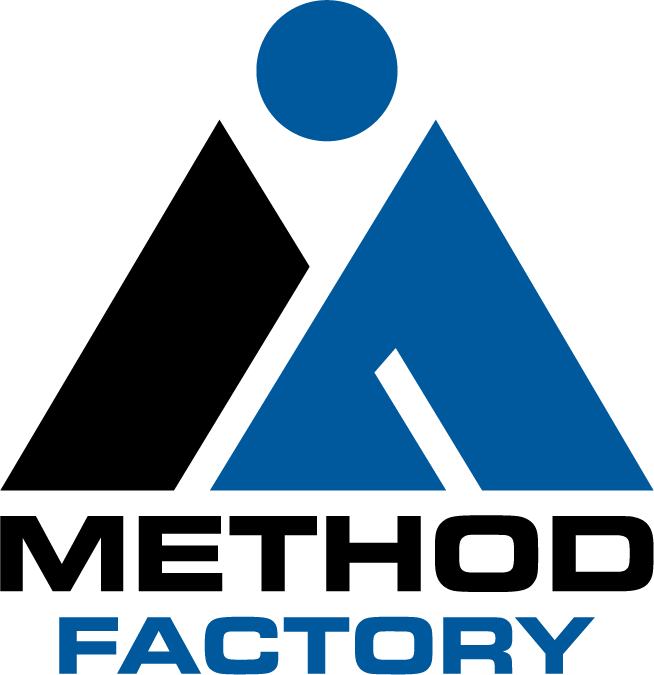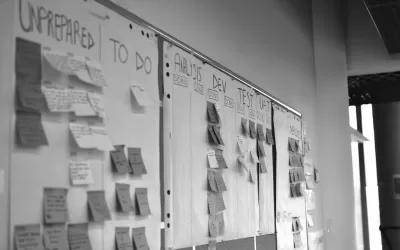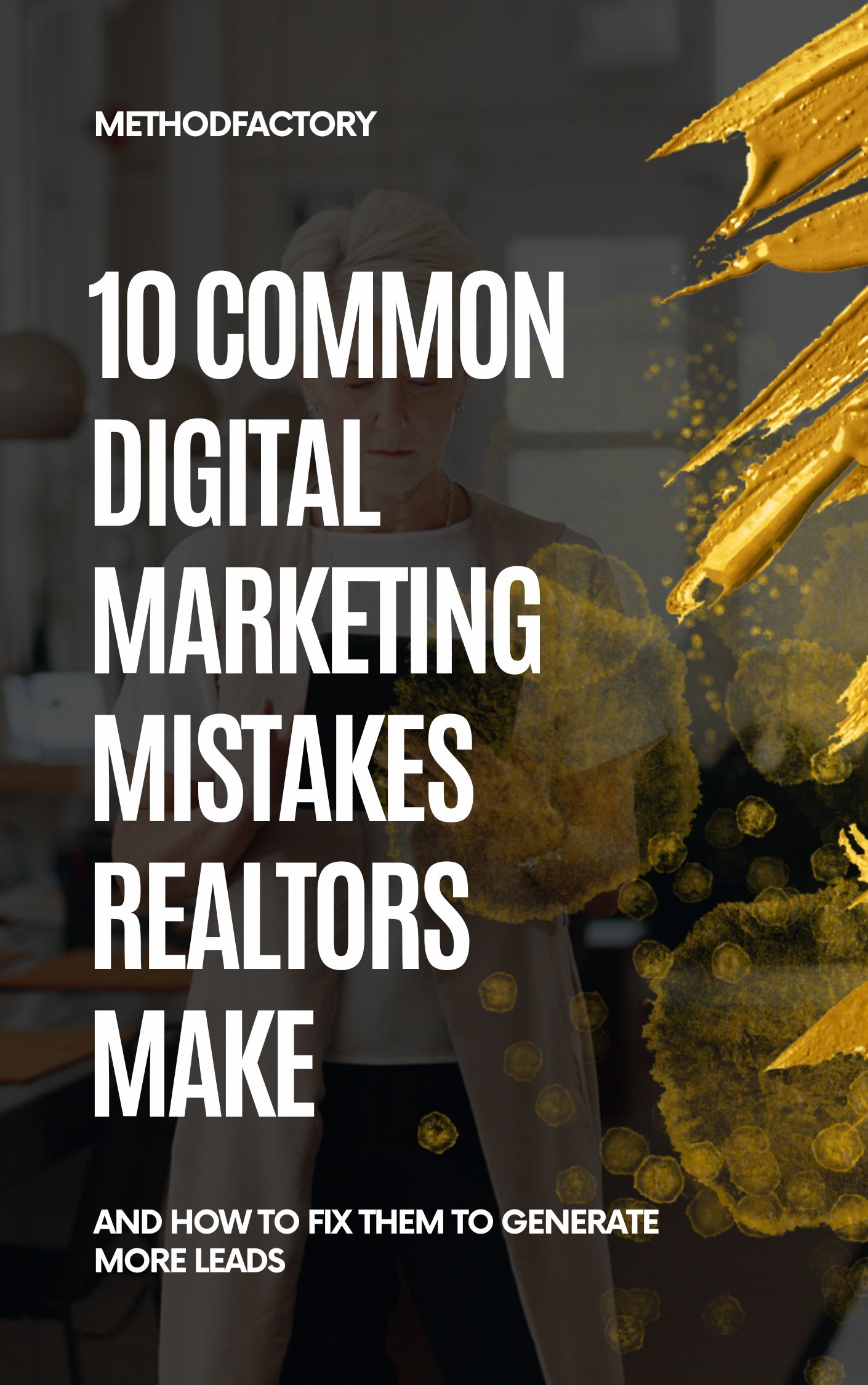You have an great idea for a web application to improve people's lives. How do you start?
You have a full-time job and have come up with a million-dollar idea, but don't run an application development company. How do you avoid going broke when building your dream web application?
In my 20+ years of managing a web development agency, many entrepreneurs came into MethodFactory offices with unfinished web application projects, asking for help to complete them. They had a great idea but never got to the finish line. Now, they are thousands of dollars in the hole and need considerably more to finish or fix what they were given.

I have seen enough of this recently that I thought I would share some tips with future entrepreneurs that will get their ideas up and running and over the finish line.
Tip #1 - Your million-dollar idea will take more than 50K to build. Much more. Get right with that now.
If your application will improve people's lives, few ideas will be completely polished enough to come under 50K. Anyone who tells you differently is lying to you.

If you are not ready for the full release, I recommend that you take the money you have and invest in a solid proof-of-concept that you could pitch for the money you'll need to complete.
Tip #2 - Is your idea swimming in a Blue Ocean or a Red Ocean?
Entrepreneurs often neglect the important task of determining if their idea already exists in the marketplace or if they are only adding to an existing product. There is excitement in believing your idea is swimming in a Blue Ocean with no competitors.
But if your idea already exists or is just a variation of an existing product, you're swimming in a shark-infested Red Ocean. Red Oceans are full of competitors and will require your idea to have something VERY significant; they don't have and cannot replicate quickly to stand out.

Another common pitfall is thinking that you can build a one-stop solution. You see, in your industry, you use many individual solutions throughout your day to get your job done. Your idea is, "Wouldn't it be great to put all those tools under a single platform?"
To accomplish that, your solution would have to provide no less functionality than what you use the current apps for, and you hope others are doing the same. If you produce a platform missing any important functionality that users need to do their jobs, your idea is doomed, and you'll run out of money chasing requirements.
Do your due diligence and thoroughly research your idea. Who cares if someone created something close or if it already exists? Either figure out how to make it swim in a perfectly Blue Ocean or abandon the idea and save yourself thousands of dollars and sleepless nights.
Tip #3 - Complete a business requirements document before engaging with anyone.
After you have determined your idea can swim in a Blue Ocean, begin writing down all the requirements your final product will need for a successful adoption phase. You and anyone else on the journey must get 80% of the business requirements on paper.

The company you bring in to produce your idea will help with the final 10%. The last 10% is what you don't see when moving your idea into a web application. They should bring expertise in user experience workflows, and modern web application user interfaces to the table. They will help you fill in the gaps and produce the bedrock of the idea.
Every question arising in the development process will return to the requirements document. What does the requirement say should occur? Is there a gap in the requirements? Then, refine it in the document.
Tip #4 - Do not go out on Fiverr and hire a developer to build your million-dollar idea.
If your background is not in web project management, you need not hire a developer directly to build your app. You are not working for Ford Motor Company, where you, as a software project manager, can screw up the project costing the company hundreds of thousands of dollars. Then, they hire someone to make it right for another few hundred thousand. If you screw your dream, you are thousands of dollars out of pocket and probably owe someone in your family.

Anyone can become an average developer, but few will actually take the time to understand what they are building and what finished looks like. That's the real skill. Most will not care enough about your idea, but they'll tell you how to fix it to improve it.
But once they start, the lies begin, and timelines are never met. They are always a day away from getting it done. When they finally have a deliverable, you're shocked by how little it meets your expectations.
And when the money is gone, they'll up and quit and leave with an unfinished project that will cost you twice as much to fix.

I have a friend with an MBA in business and a serial entrepreneur. He had a great idea and thought he was smart enough to hire a Fiverr developer to develop it. Initially, he came to me bragging that he got a developer for $18/hour. $18/hour!!!
The relationship started out great, as it usually does. The developer gladly accepted the tasks, but within 30 days, everything was different. The next time I saw him, he was complaining that his developer doesn't seem to understand the business objectives of what they are developing, and it's taking all of his time to reiterate the business requirements.
So, he had another great idea: hire a Fiverr project manager to manage the developer. He would tell the PM what he wants done, and they would translate business requirements to coding and pass that along to the developer. The next time I saw him, he fired everyone and put the project on hold.
Tip #5 - Don't shortcut the process. Not one part of what I will share can be removed from the process.
Cheap, Fast, Good. You can only have two. No B.S., only two.
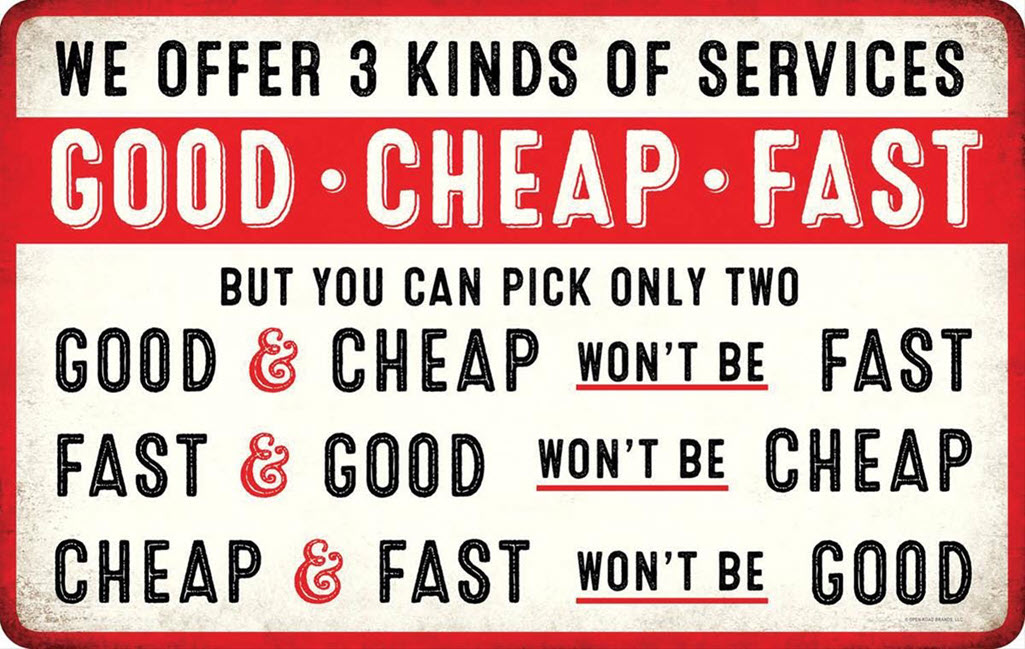
Tip #6 - There are no silver bullet development processes that will get your app done faster or cheaper. True.
Stay away from Agile development like your life depends on it. More on that later. There are no shortcuts to a complete app.
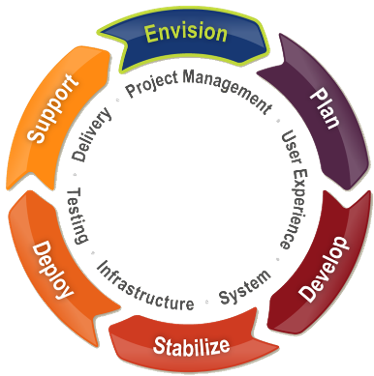
It takes detailed requirements, a thought-out plan, well-executed work, and the ability to understand that there is a fit-and-finish phase that could go on forever unless you know what good enough looks like to get a finished product.
Tip #7 - Be prepared to Plan, more Plan, and Plan some more.
Again, you are not Boeing or don't have the venture money that started Uber. Don't listen to the companies that push the Agile development process.
You'll be broke when you finally get off the Agile pain train, and your web app will be unfinished. Companies with unlimited funds can do Agile and pay daily for the rework. The “Agile” methodology that you can plan, code, and deliver over time that hits the target is a myth to entrepreneurs.

You will want to plan everything before one line of code is written. You will need extensive business requirements, wireframes, UX mockups, workable prototypes, and functional/technical specifications. When you are done planning, you will have a development task plan, budget, and a target phase 1 launch plan. Planning will cost a third of the overall budget. If your budget is 100K, planning is 33K.
Tip #8 - Expect to have follow-up phases.
Would you rather have a grand launch of a phase with everything promised than have to cut corners and drop functionality in development to meet the timeline and budget? In planning, you must decide what fits the budget and build a phase 1 around that.

Tip #9 - Plan for contingencies reserves.
You are not buying a new car off the lot. You’re building the car. You entered the software business when you decided to invent and develop a new software solution. With any new build, unknowns come up.

If you only budget for initial development, you will not have the resources to complete it. It’s the same with automotive, construction, or name your industry that creates and builds stuff.
Tip #10 - Intelligence, candor, and goodwill.
When the agreements are finalized, a new partnership begins. So, you must ensure you have a good partner in this journey for software. We make sure our relationships start with intelligence, candor, and goodwill. If one or more of those values is missing, the relationship and a successful launch are at risk.
Conclusion
Those are my tips for anyone wanting to get into the software business.
